Stronger Than Steel: How A Diamond Saved Tata Steel
The Indian industry owes much to the cushion-shaped Jubilee diamond, that has been incredibly impactful in shaping our country today

A piece of carbon that looks as if it broke off a star in the heavens—a natural diamond is lore, legend, and fairytale wound into one. The diamond has held its position as a symbol of love and a marker of achievement for centuries. Historical records show India as one of the first places where diamonds were discovered. The incredibly rich resources in our country have given the world some of the most famous diamonds ever since, like the culturally iconic Koh-i-noor and the Hope diamond . And even decades after the last diamond was excavated from Golconda, India continues to be known as the home of diamonds. Rough diamonds travel to Surat where they are transformed into flawless works of art that are then shown in the most prestigious ateliers and jewellery stores in the world. The Indian diamond industry sustains a thriving economy that impacts millions of jobs indirectly, and employs 1.5 million, with its export of cut and polished natural diamonds considered to be worth USD 23 billion annually as reported by GJEPC.
While natural diamonds have for decades contributed to India’s glory, here is one such diamond that served worthier causes for the Tata Group & the nation as a whole
Jubilee Diamond. Diamond Image Courtesy: Mouawad
The Discovery of the Jubilee
The Jubilee diamond is one such talisman, beginning its journey in South Africa, turning into one of the many facets that built our country. A large chunk of the world’s most famous natural diamonds were discovered in India, Brazil, and Africa and it was no different in the 19th century when the Jubilee diamond was unearthed in the Jagersfontein Mine in South Africa. It was christened the Reitz diamond, named after Francis William Reitz, who was the then president of the Orange Free State where the stone was unearthed. Eventually it was renamed the Jubilee in honour of Queen Victoria’s 60th anniversary of her accession to the throne in 1897. The cushion shaped stone is 245.35 carats and is the sixth largest diamond in the world. In fact when it was discovered, it was the largest, until the Cullinan Diamond and Cullinan I (the Great Star of Africa) were exhibited in 1905.
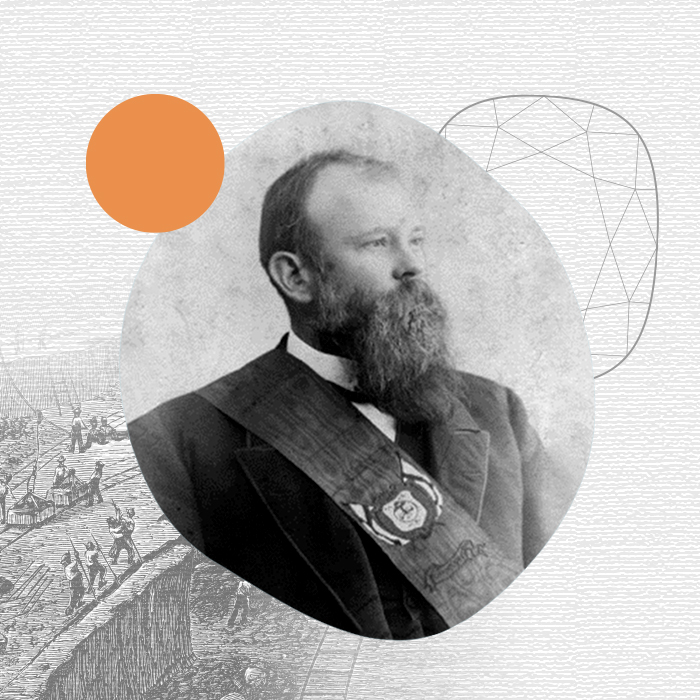
Image Credits: Wiki Commons, Shutterstock
Jubilee Diamond’s Arrival on Indian Shores
The Jubilee diamond is twice the size of the Kohinoor, and its impact on the evolution of modern India is lesser known. In 1900 the natural Jubilee diamond was exhibited at the Paris Exhibition, a moment that displayed the world’s most remarkable achievements and discoveries. This is where the Jubilee truly sparkled, captivating Sir Dorabji Tata, who purchased it for £100,000 as a gift for his wife, Lady Meherbai Tata. She set it on a platinum claw, with a platinum chain, and wore it for state functions and royal visits.
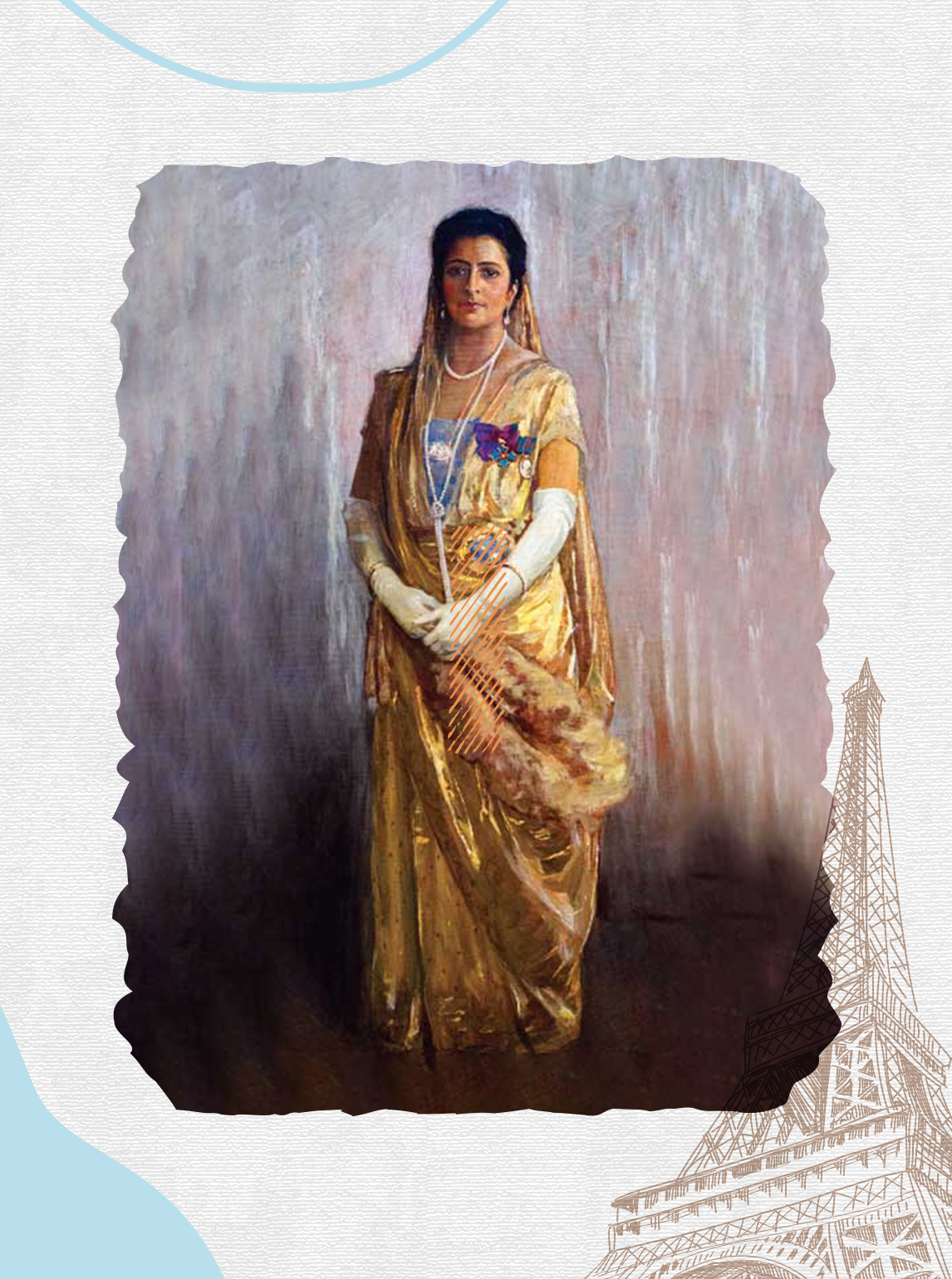
The Jubilee Diamond Shapes a Nation
Diamonds as a symbol of love and hope are common enough. Even ones that awe and mesmerize nations. But the Jubilee proved to be so much more. In the early 1900s, India was on the cusp of change. Cries of freedom from colonial rule had begun to express themselves in myriad ways, especially through the establishment of Indian-owned businesses and industries. It was the Tatas who were one of the leaders in the charge, as they transitioned from being mill owners to industrialists. It was in this climate that the Taj Mahal Hotel opened its doors to all Indians in 1903, changing the definition of hospitality. In 1907 Tata Steel, then known as TISCO, was established, and Tata Power in 1910. At the helm of it all was Sir Dorabji.
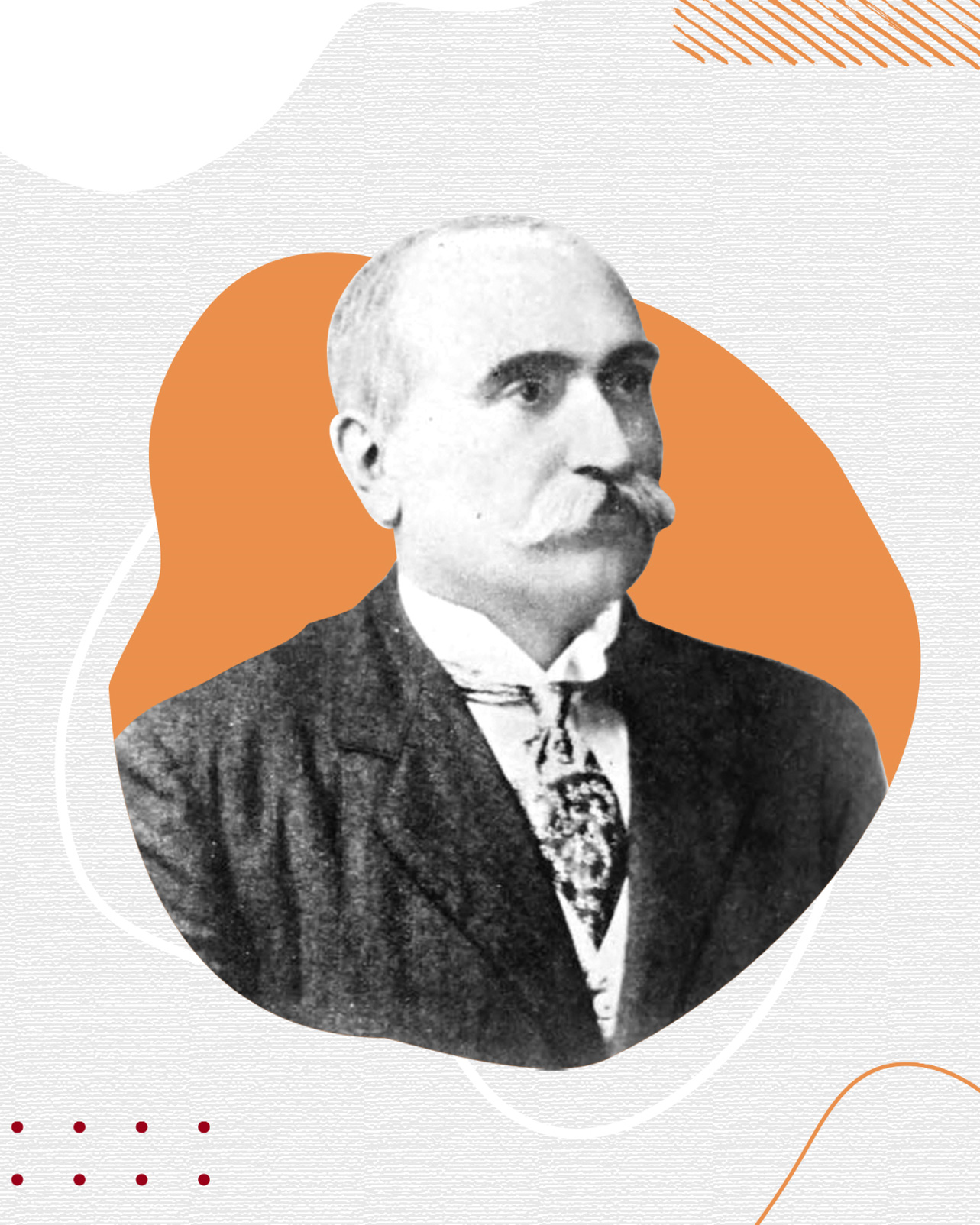

Globally this was the Victorian era, a time of political and industrial reform, with two world changing wars and India’s freedom a few years away. In 1924, Tata Steel found itself struggling, unable to combat the infusion of cheaper Japanese steel. The liquidity crunch meant outstanding wages and repayment of debentures which amounted to Rs 2 crores, a colossal sum at the time. It was at this time when Sir Dorabji pledged the Jubilee diamond with the Imperial Bank of India (now State Bank of India), along with some other jewellery to secure a loan of Rs 1 crore. The money was used to pay off the debts and the rest is history, with Tata Steel eventually growing to be one of the country’s largest and most impactful companies, helping to establish India as a power player in the global economic arena.
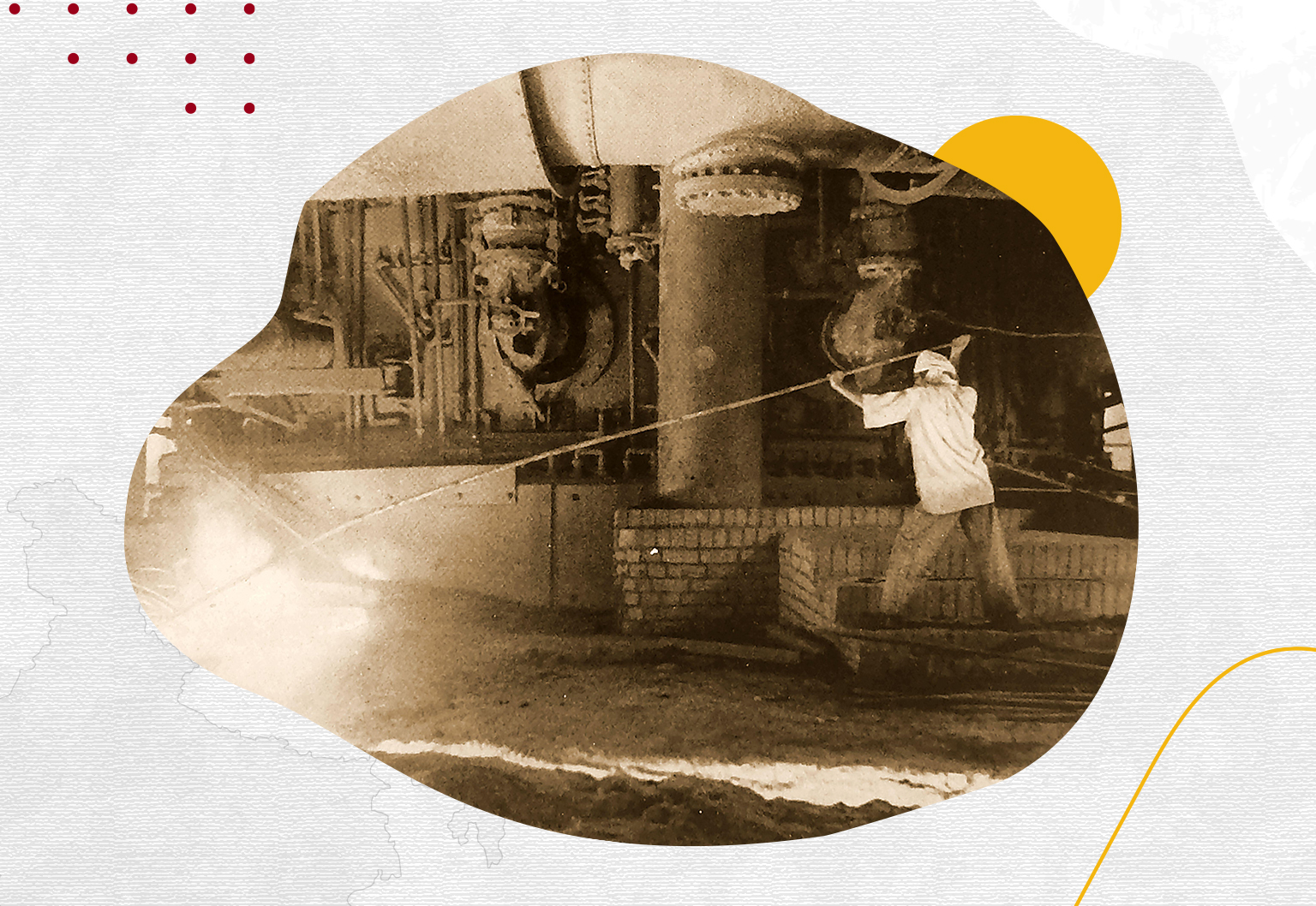
Credits: Alamy
The Jubilee Diamond’s Journey Continues
But the success of Tata Steel isn’t where the Jubilee diamond’s impact ends. In 1932, Sir Dorabji Tata passed away, bequeathing his wealth, including the sale of the famous diamond, to fund the Sir Dorabji Tata Charitable Trust. Oddly enough, it was not the only MVP. There was also, among many other stellar pieces, a necklace of 40 blue diamonds set in platinum, weighing 103 carats. The trust eventually funded yet another landmark, the Tata Memorial Hospital, as well as the Tata Institute of Social Sciences and the Tata Institute of Fundamental Research.
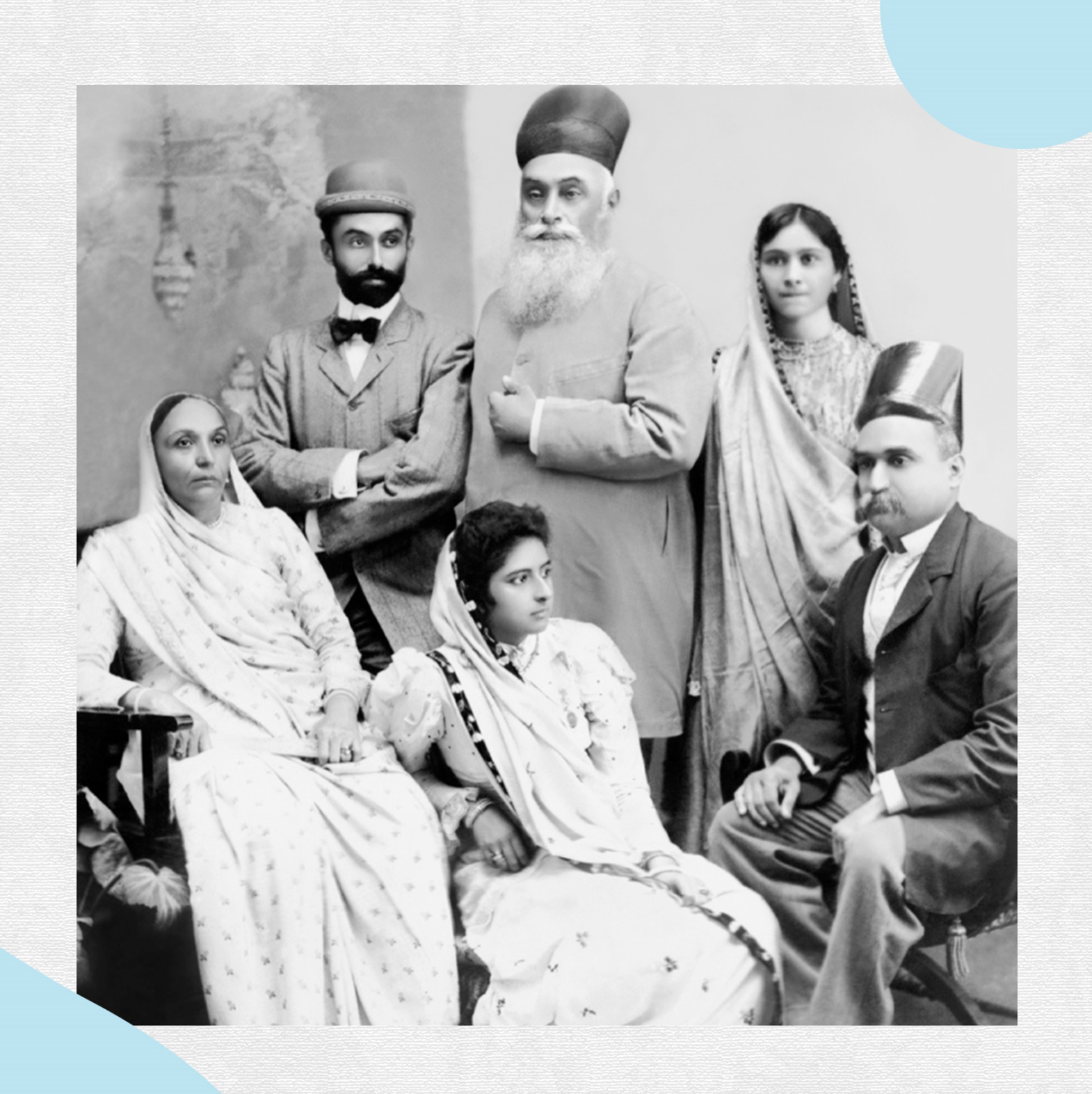

The Jubilee diamond’s role in shaping of our country, through its rescue of one of the world’s largest companies is not as well-known as it should be. It’s the only diamond that enjoys the reputation of saving a steel company from the brink of collapse, protecting livelihoods, and eventually birthing a cancer hospital too. Because of Sir Dorabji and Lady Meherbai’s generosity, ambition, foresight and grace, the Jubilee diamond has come to be an emblem of honour and integrity. Had it not been for the mere existence of the Jubilee, and the willingness of the Tatas to use it as collateral in an epic moment, life would have been markedly changed for millions of Indians, and the trajectory of the birth of our nation would have been different too. Today the Jubilee is in the Mouawad collection, acquired from French industrialist Paul-Louis Weiller, who sold it to Lebanese diamond magnate Robert Mouawad. The collection is known as one of the finest private ones, with pieces that are known not only for their size and immaculate cuts and colours, but also for the museum quality legends associated with them. The Jubilee sits among them, a little sparkle hidden in a vault, with a spectacular story of how it once changed the world.
